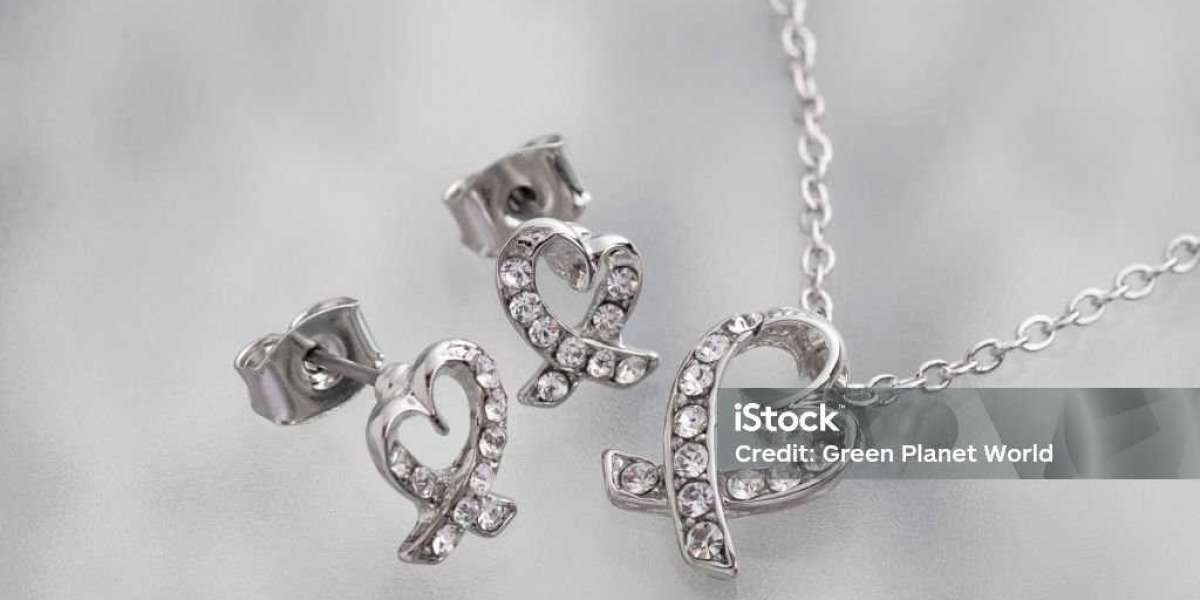Lab-grown diamond pendants are becoming a popular choice for jewelry lovers. But are they worth the investment? In this guide, we will discuss the pros and cons of lab-grown diamonds, how they compare to natural diamonds, and whether they are a smart purchase for you.
Understanding Lab-Grown Diamonds
What Are Lab-Grown Diamonds?
Lab-grown diamonds, also known as synthetic or cultured diamonds, are created in a laboratory using advanced technology. These diamonds have the same chemical, physical, and optical properties as natural diamonds. They are made through two main processes:
High-Pressure High-Temperature (HPHT) - This method mimics the natural formation of diamonds by applying extreme pressure and heat to carbon.
Chemical Vapor Deposition (CVD) - This method uses a carbon-rich gas to create diamond crystals in a controlled environment.
Lab-grown diamonds are real diamonds, not imitations like cubic zirconia or moissanite. The only difference is their origin—one comes from the earth, and the other is made in a lab.
Market Perception and Terminology
Lab-grown diamonds are often marketed as ethical and sustainable alternatives to natural diamonds. Many jewelers and brands highlight their affordability and environmental benefits. However, some people still see them as less valuable than natural diamonds due to their synthetic origin.
Pros and Cons of Lab-Grown Diamonds
Advantages
More Affordable – Lab-grown diamonds cost 30-50% less than natural diamonds of the same quality.
Ethical Choice – These diamonds are conflict-free, meaning they do not fund unethical mining practices.
Eco-Friendly – Producing lab-grown diamonds has a lower environmental impact than traditional mining.
Quality and Purity – Many lab-grown diamonds have fewer impurities than natural diamonds, making them visually flawless.
Variety of Options – Lab diamonds can be created in various sizes, colors, and shapes, offering more customization.
Disadvantages
Lower Resale Value – Unlike natural diamonds, lab-grown diamonds do not hold their value over time.
Perceived as Less Unique – Some buyers prefer the rarity and natural formation of earth-mined diamonds.
Market Uncertainty – The demand for lab-grown diamonds is still evolving, and their long-term desirability is unknown.
Limited Availability in Some Stores – Not all jewelers carry lab-grown diamonds, making it harder to find specific designs.
Comparison with Natural Diamonds
Key Differences
| Feature | Lab-Grown Diamonds | Natural Diamonds |
|---|---|---|
| Origin | Created in a lab | Mined from the earth |
| Price | More affordable | More expensive |
| Ethics | Conflict-free, ethical | May involve unethical mining practices |
| Environmental Impact | Less impact | Higher due to mining |
| Resale Value | Lower | Higher |
| Uniqueness | Manufactured, identical structures | Naturally unique |
Alternatives to Consider
If you’re unsure about lab-grown diamonds, here are some other options:
Moissanite – A highly durable and brilliant gemstone that looks similar to diamonds but is more affordable.
Cubic Zirconia – A budget-friendly diamond alternative, though less durable.
White Sapphire – A natural gemstone with a diamond-like appearance.
Ethically Sourced Natural Diamonds – Some companies offer responsibly mined diamonds with ethical certifications.
Purchasing and Ownership
Buying Guide
If you decide to buy a lab-grown diamond pendant, keep these tips in mind:
Check Certification – Look for diamonds certified by IGI (International Gemological Institute) or GIA (Gemological Institute of America).
Compare Prices – Different retailers offer varying prices, so shop around for the best deal.
Choose a Reputable Jeweler – Buy from a trusted store with good customer reviews and return policies.
Understand the 4 Cs – Consider Cut, Color, Clarity, and Carat Weight for quality and brilliance.
Look for Warranty and Return Policies – Ensure you have protection in case you change your mind.
Care and Maintenance
Lab-grown diamonds are durable, but proper care helps maintain their shine:
Clean Regularly – Use mild soap, warm water, and a soft brush to remove dirt.
Store Separately – Keep your pendant in a fabric-lined jewelry box to prevent scratches.
Avoid Harsh Chemicals – Remove your pendant before using cleaning agents or swimming in chlorinated water.
Get Regular Inspections – Have a jeweler check the setting to ensure the stone is secure.
Conclusion: Are Lab-Grown Diamond Pendants Worth It?
Lab-grown diamond pendants are a great choice if you want an ethical, budget-friendly, and beautiful piece of jewelry. They offer high quality, eco-friendliness, and affordability. However, if resale value and rarity are important to you, a natural diamond might be a better investment.
Ultimately, the decision depends on your personal preferences and priorities. Whether you choose lab-grown or natural, a diamond pendant is a timeless and elegant addition to any jewelry collection.




